
Day's Pay mural on the gym wall
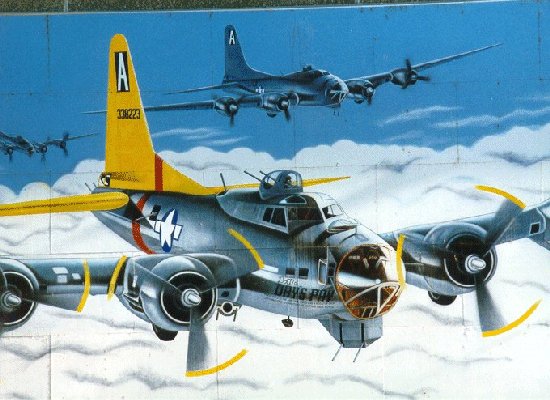
"DAY'S PAY" B-17 BOMBER
On "D-day", June 6, 1944 during World War II; workers at the Hanford Engineering Works Project thought of the men giving their lives on Normandy's beaches. A carpenter came up with the idea that Hanford could buy a plane for the Army Air Force to help support our troops. Approximately 51,000 Hanford workers donated a full day's pay collecting nearly $300,000.00 to buy a B-17 Bomber to give to the Army Air Force. The plane was manufactured by Boeing in Seattle and delivered on July 12, 1944 to the Army Air Force. In a ceremony at Hanford Airport on July 23, 1944, Hanford workers christened the plane "Day's Pay".
The Christening Program was scanned by Richard Swanson, class of '64 Bomber
Click the thumbnail to see a LARGER view.
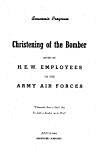
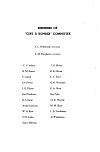
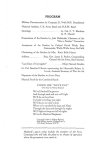
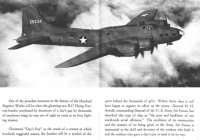
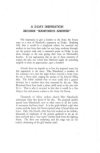
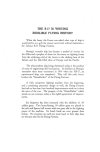
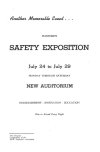
The Day's Pay was stationed in the European Theater and flew about 67 missions before being returned to the United States on July 10, 1945.
The Richland High School Class of 1993 has honored those workers who paid for the bomber by donating a mural of the B-17 Bomber to the School as their Senior Class Gift. '93 students raised $21,000.00 to get the mural of the Day's Pay painted, lighted, and maintained. The 3200 square-foot mural is fastened to the North outside wall of the School's gymnasium. In donating the mural, the Senior Class President stated, "this is commemorating a historical event,...It's what the community did that we want to remember."
February 10, 1993, Tri City Herald Article
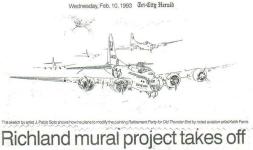
The following information is from:
'ABUNDANCE OF STRENGTH' - 8th AIR FORCE OPERATIONS, AUGUST 1944-MAY 1945'.
This B-17 was a B-17-80-B0-43-38223. The airplane was indeed paid for by the 51,000 employees at HEW. The traditional breaking of a bottle over on of the propeller boxes was performed by
The B-17 was then flown to Kearney, Nebraska, and assigned to the crew of
The first mission flown by "Day's Pay" was to Dusseldorf, on 9 September, and it flew more than fifty missions in the 493rd Bomb Group. Then in February 1945 following deactivation of the 862nd Bomb Squadron, it was transferred to the 94th Bomb Group, and had completed sixty-seven missions by the time it was returned to the ZOI, 10JULY1945.
Final Air Force designations read like this:
43-38223 Del Cheyenne10/7/44; Kearney 18/7/44; Grenier 7/8/44; ass862BS/493BG Debach 9/8/44; tran410BS/94BG (GL-H) Rougham10/8/44; retUS Bradley 10/7/44; 4185 BU Independence 12/7/45; RFC Kingman 24/10/45. DAYS PAY.
*NOTE - The correct name of the Pilot from Kearney to England is Nelson W. Warren. (Info from his daughter-in-law, April 2001.)
THE MOST UNBELIEVABLE LANDING OF A B-17
by George Ureke, Lt. Colonel USAF (Ret.)
Flying a bombing mission out of Foggia, Italy, off of Tortorella US Army Air Field in Italy, during W.W.ll, our B-17 caught one hell of a lot of flack. All four engines were still running, but ALL flight instruments failed. We had no airspeed indicator. Since we were returning from the bombing mission in formation we didn't really need flight instruments except for the approach and landing. When we arrived over the base at Tortorella, we peeled off, flying the landing pattern in trail formation. How to plan my approach with no air speed indicator? An idea came to me. We II drop behind the ship in front of us, so that on the final approach, we can establish a rate of closure to ensure that our approach would be above stall speed.
Well, in the morning, when we took off, the steel mat runway was covered with three inches of slimy mud.. It had been raining for weeks. Airplanes, taking off and landing just pushed the steel mat deeper into the mud. Every time an airplane took off or landed, more and more slimy mud had pushed up on top of the steel mat. So as we approached the mud-covered runway, there were three or four inches of slippery slime on top of the mat. But we were not worried (about coming in "hot"), until I called for flaps.
We weren't about to go around again without an airspeed indicator. Due to the "hot" approach speed we didn't touch down until we were half-way down the field. The airplane in front of us made a normal landing and turned off at a taxi-strip about five- hundred feet short of the end of the runway. That pilot managed to land short enough to turn to the left onto that first taxi strip. As he turned, he looked out his left window and saw that we were halfway down the field before we touched down. He turned to his co-pilot and says, "Look out that right window. George is going to crash into the gully at the end of the runway." (Several British bombers had hit that gully in the past, and they blew up).
We finally got the plane on the mud and I hit the brakes. no brakes! (in a B-17, the pilot and co-pilot can look out their window and see the wheel on their side). Every time I touched the brakes, the wheels would stop, lock, and we'd hydroplane over the mud. I had one choice, something we'd normally try to avoid. "Ground-loop" I pulled No. 3 and 4 engines all the way back. I pushed No. 1 and 2 throttles forward to take- off power, I called for "boosters" and started tapping the right brake (trying to ground loop to the right, and let centrifugal force tip the left wing into the ground). We'd damage the airplane but avoid crashing into the gully.
Normally, the plane would turn and leave the runway. But it was so slimy, the wheels had no friction to make it turn. The plane just kept sliding forward. No. 1 and 2 engines at full take-off power caused the airplane to spin around while sliding straight down the runway. As it approached 180 degrees, I pushed number 3 and 4 throttles full forward. Now we had "take off" power on all four engines. There we were, going backwards, toward the end of the runway with all four engines at full take-off power.
Well, we stopped right on the very end of the runway and immediately started to taxi back to the taxiway we just passed while we were sliding backwards.
You can imagine how scared our navigator, James W. Collier, and the bombardier,
And, you know, we never heard from anybody. Nobody ever came to ask what had caused us to land backward. All the medals we got were for far lesser accomplishments. That's why I say, it was God who made that most unbelievable landing in a B-17.
 |
 |
page started: 08/20/97
page updated: 10/08/11
E-mail the webmaster
DAYS' PAY MURAL